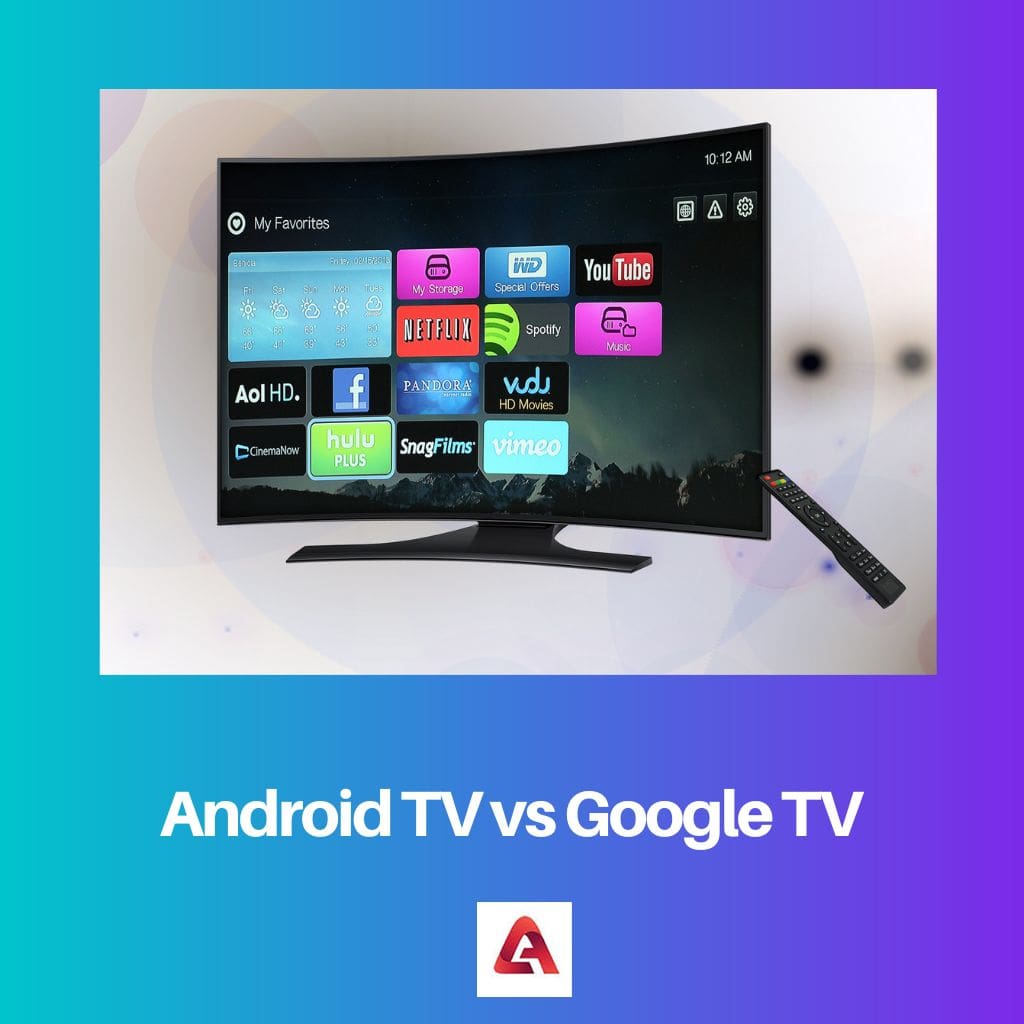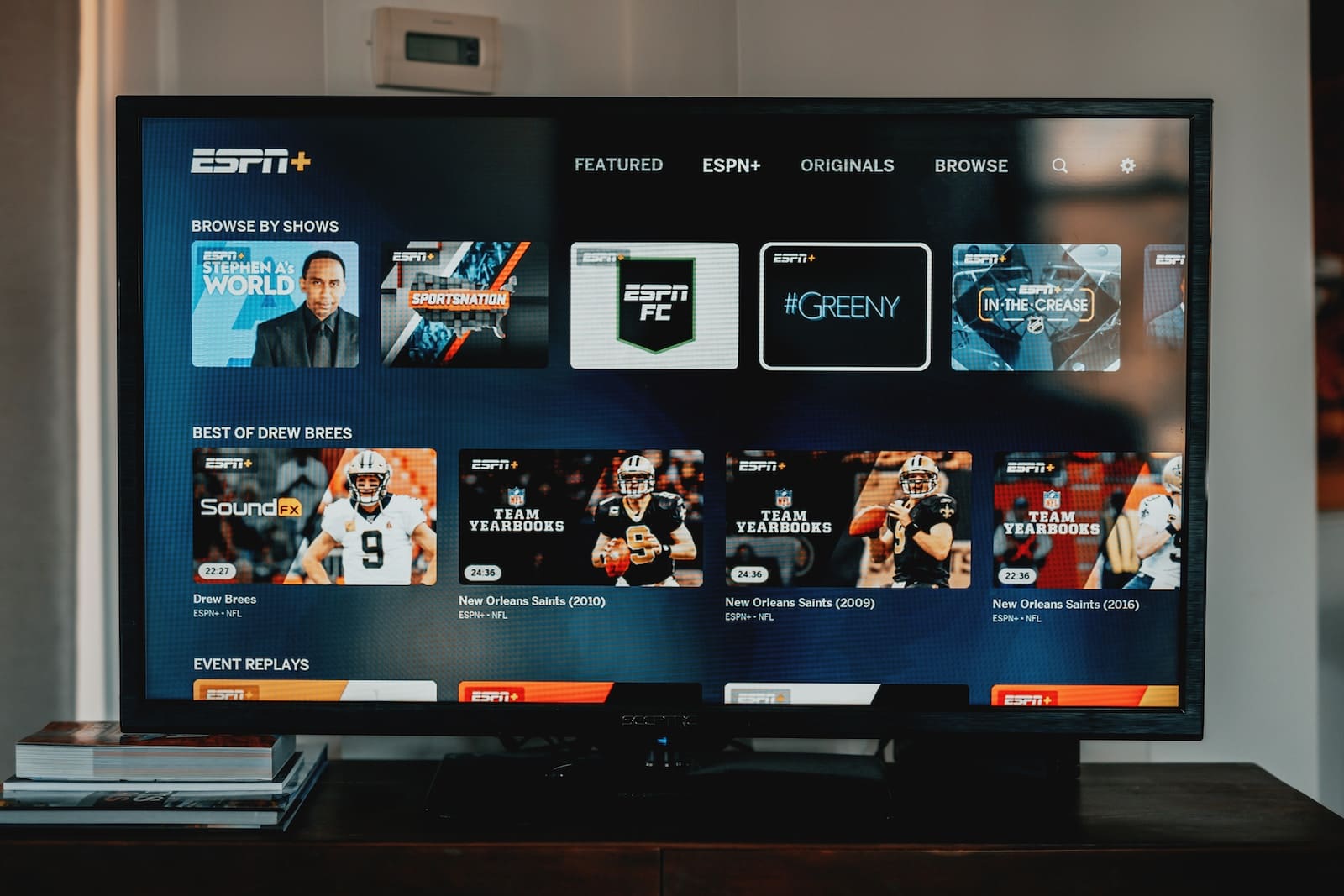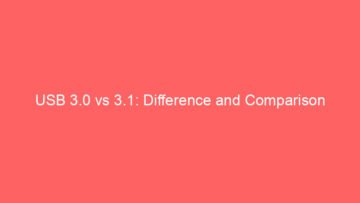The difference between Android TVs and Google TVs is their OS: Android TV is powered by Android, whereas Google TV is run on Chrome OS.
Both Android TV and Google TV offer the same large range of smart TV applications and games, as well as support for Google Assistant voice commands, smart home management, casting with Chromecast, and video streaming.
Google’s Stadia cloud gaming service is also available on both smart TV devices.
Android TV is a smart TV and streaming stick operating system. It is built on Android, thus it can run any program that a tablet or smartphone can.
Android TV is an open platform for any device manufacturer to build a device. This makes it quite simple for you to identify the ideal match for your requirements!
The majority of Android TVs are designed to interact with a remote control or gaming controller.
Google TV is a smart TV platform that Google established. The operating system is based on Android and has been open-source since 2013.
It was initially designed to be used on smart TVs and interface with additional services such as Netflix, Hulu Plus, YouTube, and Pandora.
In 2010, Google launched its first Google TV device. However, this product was not a big success and did not sell as well as predicted; in addition, it was criticized for its increased price.
Key Takeaways
- Android TV is an operating system for smart TVs and streaming devices, while Google TV is an interface built on top of Android TV.
- Google TV offers a more content-centric approach, aggregating content from various streaming services into a single, personalized interface.
- Android TV provides a more traditional app-based experience, users navigating through apps to find content.

Android TV vs Google TV
Android TV is a smart TV platform that uses the Android operating system, allowing users to stream digital media and use many apps on their televisions. Google TV is a smart TV platform manufactured by Google. It allows users to access live TV programs and apps streaming through a single medium on compatible TV devices.
Comparison Table
| Parameter of comparison | Android TV | Google TV |
|---|---|---|
| Remote control | On-screen keyboard accessible through remote control | Navigation with a smartphone as a keyboard |
| User-interface | Need to access the ‘discover’ tab to get personalized content. | Focus on personalized content, which is available on the home screen. |
| Live TV | Live content cannot be accessed from the home screen | Dedicated ta for live broadcast |
| Parental control | No child profile features. | Multiple user profiles with parental controls are available |
| Price range | Available in all price ranges | Available only in select Sony and TCL models |
What is Android TV?
Android TV was first released in June 2014. It was soon accepted as smart TV middleware by companies like as Sharp and Sony, and its debut caused a flood of smart TV boxes on the market packed with the operating system.
Google’s Android TV is a fork of the Android smartphone operating system. It gives access to the Play Store for applications and games and useful features like Google Cast compatibility and voice control with Google Assistant.
They’re also popular among gamers, who enjoy their ability to stream in 4K quality from platforms such as Twitch and YouTube Gaming.
The following are the benefits of using Android TV: You are free to use any app or game on Android TV. A simple design that makes it easy to navigate your home screen. Use your voice to locate what you’re looking for faster than ever before.

What is Google TV?
Google TV is a smart TV platform developed by Google. The Android-based operating system has been accessible since 2013. It was originally designed to run on smart TVs and connect to others such as Netflix, Hulu, YouTube, and Pandora.
Google launched “Google TV 2” in 2011, an enhanced version of the platform that included new apps such as HBO Go or ESPN3 and other upgrades such as better search capabilities via voice commands through your remote control or via Bluetooth connection between devices.
Google TV adds a new user interface with a different look and feel, but Android TV retains the experience’s backbone.
With a slightly modified style, the current design places a far larger emphasis on personalization utilizing AI while also giving a dedicated tab for live broadcasts.
Google TV allows multiple kids’ profiles under a single adult Gmail account, with personalized recommendations for each. Google TV lets you set up children’s accounts, each with its own set of content restrictions that can be handled using the Google Family Link service.

Main Differences Between Google TV and Android TV
- In Android TV, the user interface is divided into rows of apps and streaming services available on the Android TV platform. It also features a ‘Discover option where you can get personalized content recommendations. The OS on Google TV has features like “the “YOU” tab, “Home screen recommendations”, and “watch list.”
- The TV remote can only access Android TV, whereas you can connect your phone to Google TV and use it as a remote.
- Google TV has a dedicated tab for life, while Android TV doesn’t.
- In Android TV, if you want to restrict content for your kids, you must create a separate account to enable parental control. In Google TV, you can make multiple Kids’ profiles under a single account. It also has a special parental control feature available.










